Brazilian Air Force
Key facts
| Official Name | Brazilian Air Force |
| Local Name | Força Aérea Brasileira |
| Country | 🇧🇷 Brazil |
| World rank | #22 |
| Active aircraft | 530 as of 2026 |
| Aircraft on order | 145 |
| Roundel |
|
Overview
The Brazilian Air Force (FAB) is the largest in Latin America and is structured to provide air defense, surveillance, and power projection across the nation's vast territory. Its organization underwent a significant change in 2016, consolidating its operational flying units under a single Air Force Readiness Command (AFRC). This command is organized into 12 wings, each with a specific mission set, ranging from air defense to transport and reconnaissance. This structure is complemented by the Department of Airspace Control (DECEA), which manages a vast network of radars and air traffic control centers, crucial for monitoring the Amazon basin and Brazil's extensive borders.
The FAB's strategic doctrine, as outlined in national defense documents, is primarily focused on dissuasion and the defense of national sovereignty, with a particular emphasis on the Amazon region. This translates into an operational focus on surveillance, air superiority, and strategic mobility. The doctrine acknowledges the importance of space and cyber capabilities, designating them as strategic sectors for development alongside its nuclear program. While Brazil's strategic culture traditionally favors diplomacy over force, the air force is tasked with being prepared for combat to deter potential aggressors and is increasingly involved in peacekeeping operations as an instrument of foreign policy.
Recent operational activities have been dominated by humanitarian missions and joint exercises. Notably, the FAB was extensively involved in flood relief operations in Rio Grande do Sul, flying over 1,000 hours to rescue people and transport supplies. The service frequently participates in multinational exercises, such as CRUZEX, which it hosts to enhance interoperability with regional and international partners. These exercises provide valuable experience, as the FAB has not been involved in interstate combat in recent decades.
Efforts are made on the induction of new platforms and upgrading existing assets. The cornerstone of this is the acquisition of the Saab F-39 Gripen multirole fighter, which includes a significant technology transfer agreement allowing for local production by Embraer. This program aims to replace legacy fighter aircraft and establish a new level of air combat capability. Another key project is the Embraer KC-390 Millennium, a multi-mission transport and tanker aircraft designed to enhance strategic mobility and replace aging C-130s. Legacy fleets, such as the F-5 Tiger II and A-29 Super Tucano, are undergoing avionics and systems upgrades to maintain their operational effectiveness and ensure interoperability with newer platforms.
Origin countries of aircraft
| Country | Active Aircraft | |
|---|---|---|
| 🇧🇷 Brazil | 219 | |
| 🇫🇷 France | 165 | |
| 🇺🇸 United States | 115 | |
| 🇩🇪 Germany | 48 | |
| 🇪🇸 Spain | 14 | |
| 🇮🇩 Indonesia | 14 | |
| 🇸🇪 Sweden | 10 | |
| 🇮🇹 Italy | 10 | |
| 🇬🇧 United Kingdom | 5 | |
| 🇪🇺 Europe | 2 | |
Evolution of Brazilian Air Force fleet
Aircraft by type in 2026
| Aircraft type | Active | |
|---|---|---|
|
|
206 | |
|
|
130 | |
|
|
125 | |
|
|
65 | |
|
|
4 | |
1 recent update applied to this inventory
| Date | Aircraft | Active Δ | Ordered Δ |
|---|---|---|---|
| 13 Jun 2025 | Gripen E | +2 | -2 |
| The Brazilian Air Force took delivery of its 10th Gripen E [Source] | |||
Full inventory in 2026
Brazilian Air Force
| Aircraft Type | Model | Origin Country | Model Year | Active | 𝚫 YoY | Ordered | ||
|---|---|---|---|---|---|---|---|---|
| F-5EM | 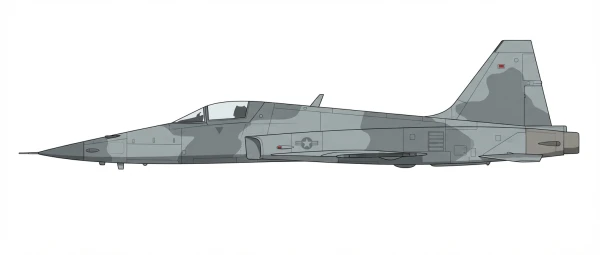 |
🇺🇸 | 1976 | 35 | -5 |
0 |
||
| Gripen E | 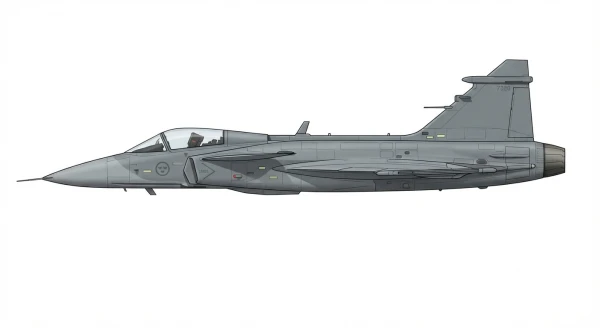 |
🇸🇪 | 1996 | 10 | +4 |
90 |
||
| AMX-A/T-1 |  |
🇧🇷 🇮🇹 | 1989 | 8 | -34 |
0 |
||
| F-5FM | 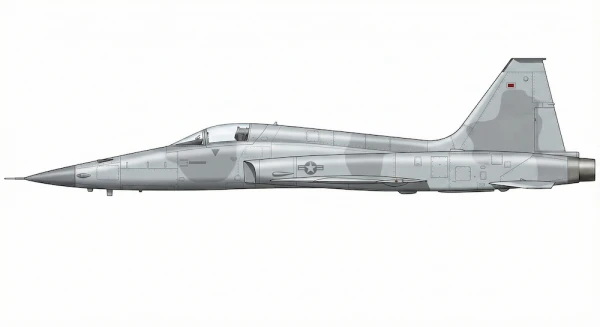 |
🇺🇸 | 1965 | 4 | 0 |
0 |
||
| AMX-T |  |
🇧🇷 🇮🇹 | 1989 | 2 | -6 |
0 |
||
| Gripen F |  |
🇸🇪 | 1996 | 0 | 0 |
8 |
||
| H125M/AS350 | 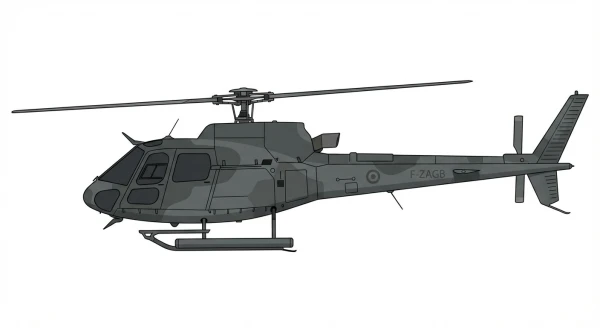 |
🇫🇷 | 1990 | 19 | 0 |
12 |
||
| S-70/UH-60L/M | 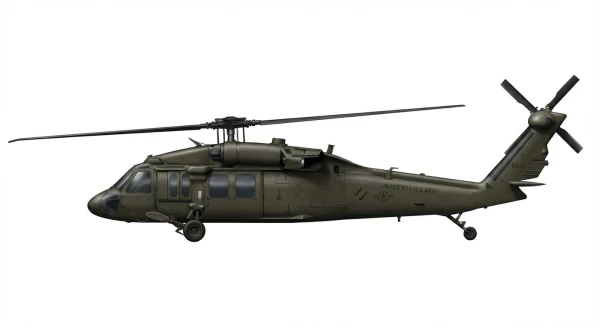 |
🇺🇸 | 1979 | 16 | 0 |
12 |
||
| H225M |  |
🇩🇪 🇫🇷 | 2005 | 13 | 0 |
3 |
||
| EMB-110 | 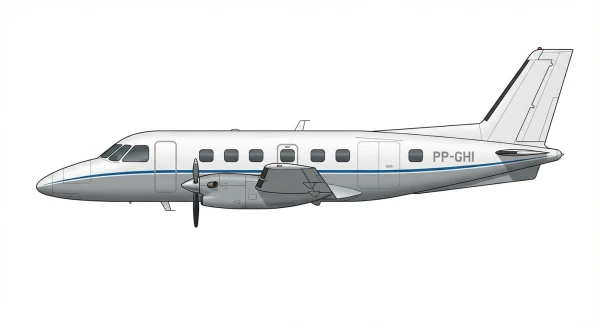 |
🇧🇷 | 1973 | 44 | 0 |
0 |
||
| Cessna 208 | 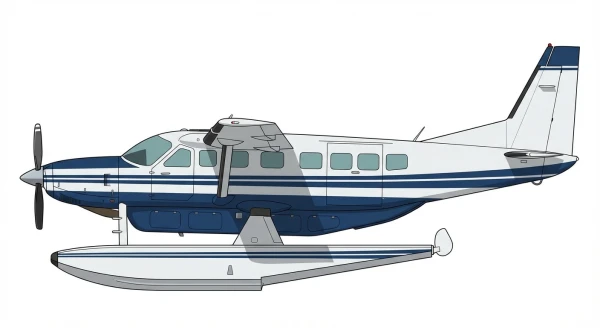 |
🇺🇸 | 1984 | 30 | 0 |
0 |
||
| EMB-120 | 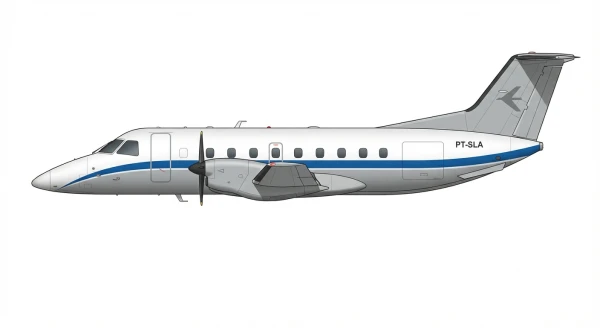 |
🇧🇷 | 1985 | 17 | 0 |
0 |
||
| C295 | 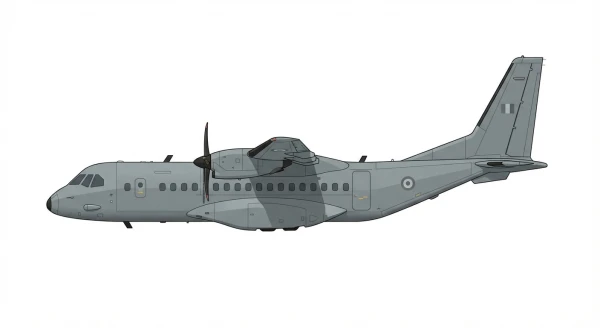 |
🇪🇸 🇮🇩 | 2001 | 14 | 0 |
0 |
||
| ERJ-145 | 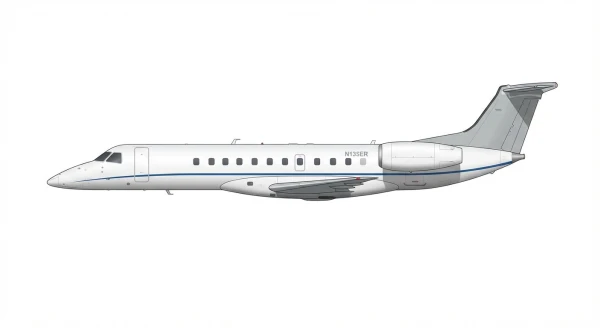 |
🇧🇷 | 1997 | 14 | 0 |
0 |
||
| C/KC-390 |  |
🇧🇷 | 2019 | 7 | +1 |
12 |
||
| Phenom 100 | 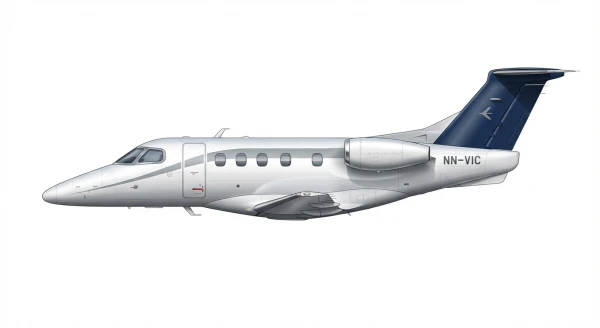 |
🇧🇷 | 2008 | 2 | 0 |
4 |
||
| A330 | 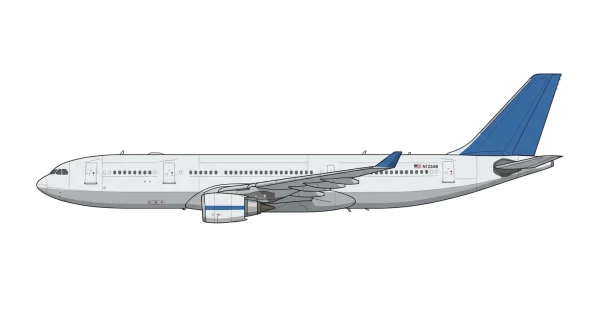 |
🇪🇺 | 1994 | 2 | +1 |
0 |
||
| EMB-314 | 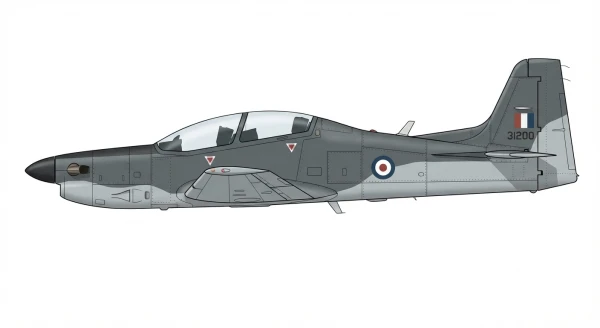 |
🇧🇷 | 1983 | 62 | 0 |
0 |
||
| EMB-312 |  |
🇧🇷 | 1983 | 33 | -67 |
0 |
||
| EMB-314 (A-29) |  |
🇧🇷 | 1983 | 30 | 0 |
0 |
||
| P-3AM | 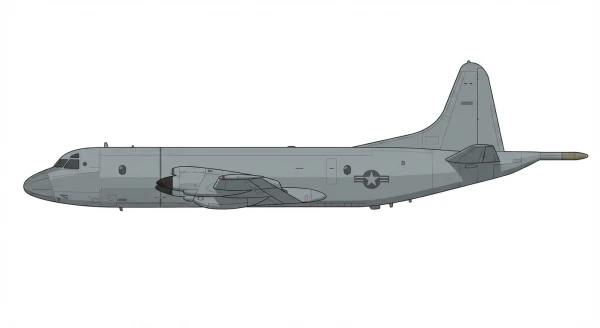 |
🇺🇸 | 1962 | 4 | +1 |
0 |
Brazilian Army
| Aircraft Type | Model | Origin Country | Model Year | Active | 𝚫 YoY | Ordered | ||
|---|---|---|---|---|---|---|---|---|
| H125M/AS550 |  |
🇫🇷 | 1990 | 33 | 0 |
0 |
||
| AS365/565 |  |
🇫🇷 | 1990 | 32 | -1 |
0 |
||
| H225M |  |
🇩🇪 🇫🇷 | 2005 | 14 | 0 |
2 |
||
| H215M/AS532 | 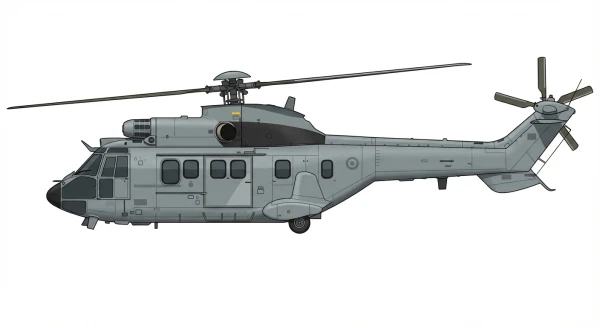 |
🇩🇪 🇫🇷 | 1978 | 8 | 0 |
0 |
||
| S-70 |  |
🇺🇸 | 1979 | 4 | 0 |
0 |
Brazilian Navy
| Aircraft Type | Model | Origin Country | Model Year | Active | 𝚫 YoY | Ordered | ||
|---|---|---|---|---|---|---|---|---|
| A-4KU | 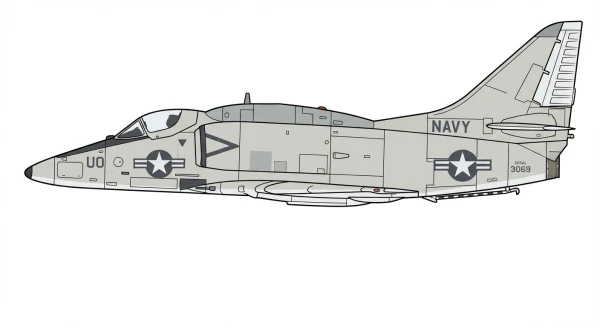 |
🇺🇸 | 1956 | 3 | 0 |
0 |
||
| TA-4KU |  |
🇺🇸 | 1956 | 3 | 0 |
0 |
||
| H125M/AS350 |  |
🇫🇷 | 1990 | 16 | -1 |
0 |
||
| H125/AS350 |  |
🇫🇷 | 1990 | 15 | 0 |
0 |
||
| H225M |  |
🇩🇪 🇫🇷 | 2005 | 13 | 0 |
2 |
||
| Bell 206 |  |
🇺🇸 | 1967 | 10 | 0 |
0 |
||
| S-70 |  |
🇺🇸 | 1979 | 6 | 0 |
0 |
||
| Lynx 21 | 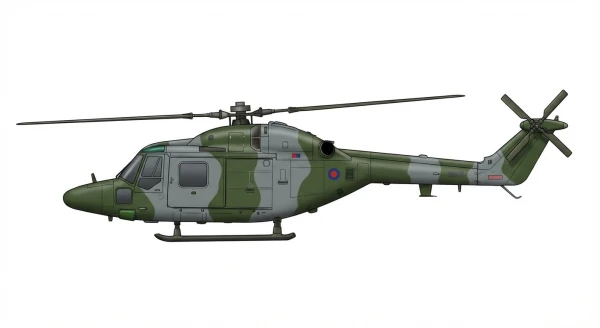 |
🇬🇧 | 1978 | 5 | 0 |
0 |
||
| H135 |  |
🇫🇷 | 1996 | 2 | 0 |
0 |
